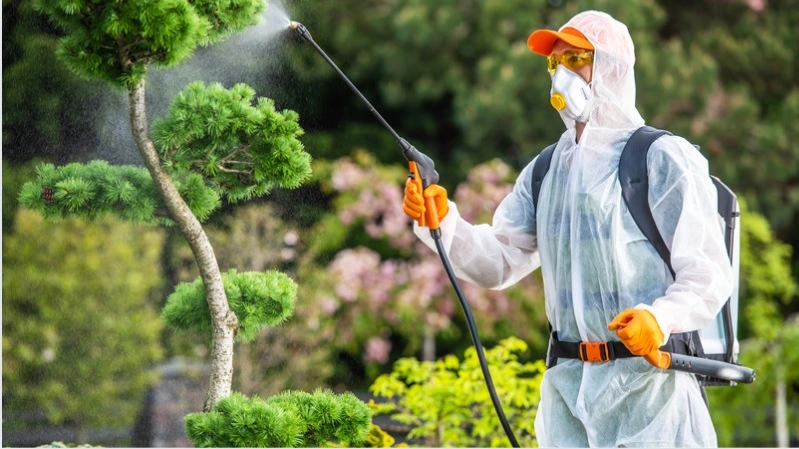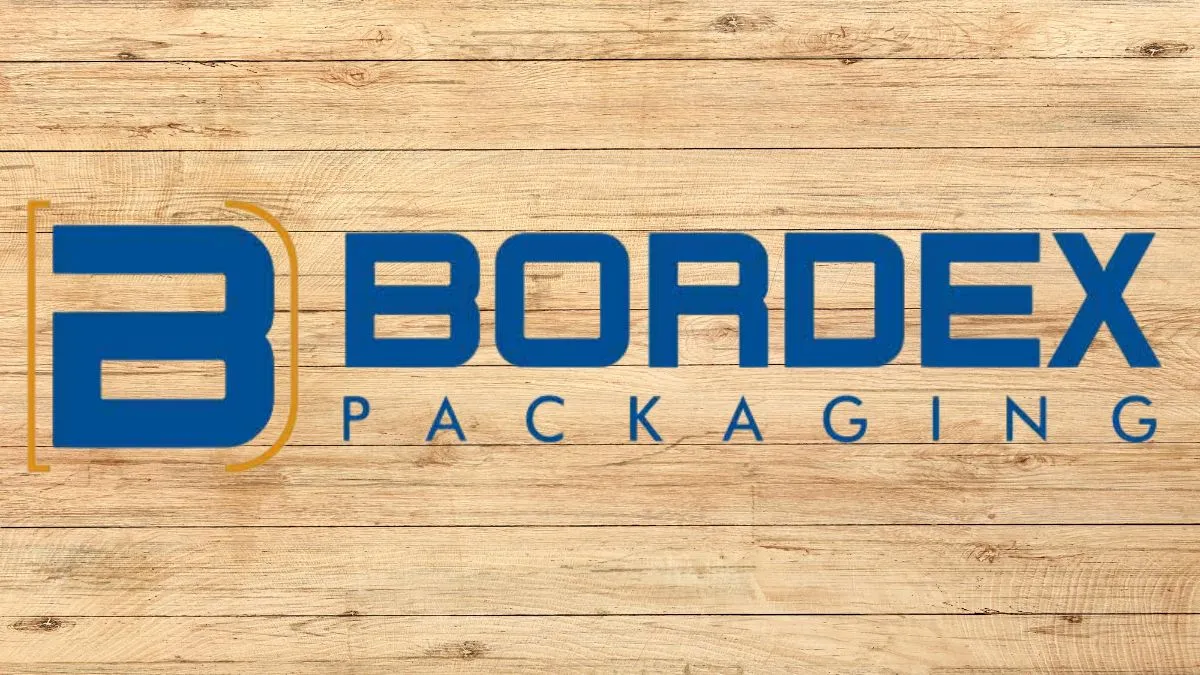Bordex mixture, a time-tested fungicide, has been a cornerstone in the agricultural sector since its inception in 1895. This blend, consisting of copper sulphate, calcium hydroxide (lime), and water, was originally developed to combat fungal diseases in vineyards and later found extensive use in various crops. Despite its effectiveness, farmers faced challenges in preparing the mixture, particularly in achieving the correct proportions to ensure a neutral solution. This article delves into the history, preparation, and challenges associated with Bordex mixture, providing a comprehensive understanding of its significance in agriculture.
Historical Background
The Bordex mixture was first prepared in 1895, named after the Bordeaux region in France where it was initially used to control downy mildew in vineyards. The original formula included 2 kg of copper sulphate, 2 kg of calcium hydroxide, and 250 liters of water. This formulation provided an effective means to control fungal pathogens, helping to save crops and secure food supplies.
Composition and Preparation
The effectiveness of the Bordex mixture lies in its components:
- Copper Sulphate (CuSO₄): Copper sulphate acts as the primary fungicidal agent. Copper ions disrupt the enzymes and proteins in fungal cells, leading to their death.
- Calcium Hydroxide (Ca(OH)₂): Also known as lime, calcium hydroxide serves to neutralize the acidic nature of copper sulphate, creating a more stable and less corrosive solution.
- Water (H₂O): Water is the solvent that facilitates the reaction between copper sulphate and calcium hydroxide, forming the final fungicidal mixture.
To prepare the Bordex mixture, the following steps are typically followed:
- Dissolve Copper Sulphate: Dissolve 2 kg of copper sulphate in a small amount of water. This is often done in a non-metallic container to avoid reactions with the container material.
- Prepare Lime Solution: In a separate container, mix 2 kg of calcium hydroxide with water to form a lime solution.
- Combine Solutions: Slowly add the copper sulphate solution to the lime solution while stirring continuously. This helps to ensure a thorough and even reaction, forming a colloidal suspension.
- Dilute with Water: Finally, dilute the combined solution with water to make up a total of 250 liters.
Challenges in Preparation
While the Bordex mixture is effective, its preparation poses several challenges:
- Achieving Neutral pH: One of the most critical aspects of preparing the Bordex mixture is ensuring that the final solution is neutral. If the mixture is too acidic or too alkaline, it can cause phytotoxicity, damaging the plants it is meant to protect. Achieving a neutral pH requires precise measurement and mixing of the ingredients.
- Consistency: Farmers need to mix the components thoroughly to ensure the effectiveness of the fungicide. Inconsistent mixing can lead to an uneven distribution of active ingredients, reducing the mixture’s efficacy.
- Storage and Stability: The Bordex mixture must be used shortly after preparation. It is not stable for long periods and can lose its effectiveness if stored. This requirement for immediate use can be inconvenient for farmers.
- Application: The mixture needs to be applied uniformly on the crops. Inadequate application can leave parts of the plant unprotected, allowing fungal infections to take hold.
Advances and Modern Alternatives
Despite its challenges, the Bordex mixture remains popular due to its proven effectiveness and low cost. However, modern agriculture has seen the development of new fungicides and formulations that address some of the limitations of the traditional Bordex mixture:
- Pre-mixed Solutions: Commercially available pre-mixed Bordex solutions eliminate the need for farmers to prepare the mixture themselves, ensuring consistent quality and reducing preparation time.
- Stabilized Formulations: Advances in chemistry have led to stabilized formulations that can be stored for longer periods without losing effectiveness.
- Improved Application Methods: Modern application techniques, such as more precise spraying equipment, ensure a more uniform application of the fungicide, improving its effectiveness and reducing waste.
Environmental and Health Considerations
The use of Bordex mixture, like any chemical treatment, comes with environmental and health considerations. Copper, while an effective fungicide, can accumulate in the soil over time, potentially leading to toxicity issues for plants and soil microorganisms. Therefore, it’s essential for farmers to use the mixture judiciously and follow recommended application rates.
Additionally, handling copper sulphate and lime requires proper safety measures to avoid skin and eye irritation. Farmers should use protective gear, such as gloves and goggles, when preparing and applying the mixture.

Conclusion: Bordex
The Bordex mixture, with its blend of copper sulphate, calcium hydroxide, and water, remains a significant tool in the fight against fungal diseases in agriculture. Despite the challenges associated with its preparation, its effectiveness and low cost ensure its continued use. Advances in agricultural science have led to more convenient and stable formulations, making it easier for farmers to protect their crops. However, responsible use and adherence to safety guidelines are crucial to minimizing environmental impact and ensuring the health of both farmers and their crops. As agriculture continues to evolve, the legacy of the Bordex mixture endures, highlighting the importance of innovation and adaptability in sustaining crop health and productivity.









